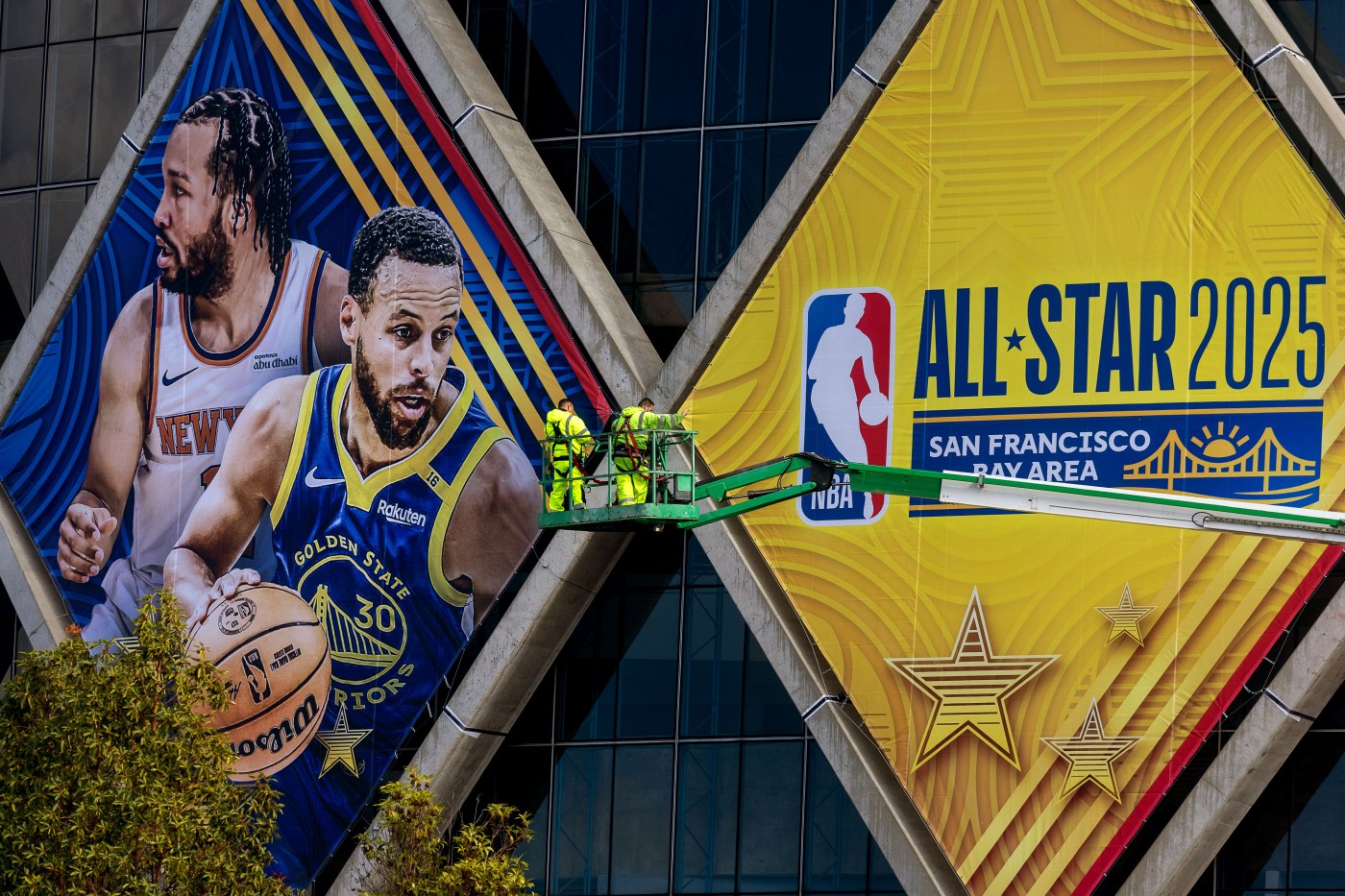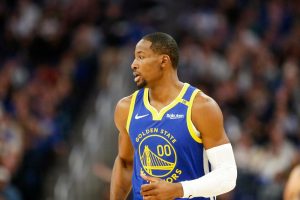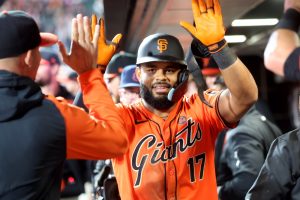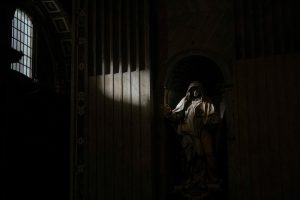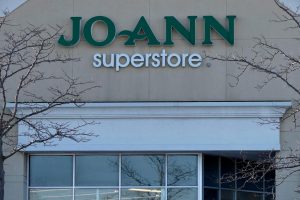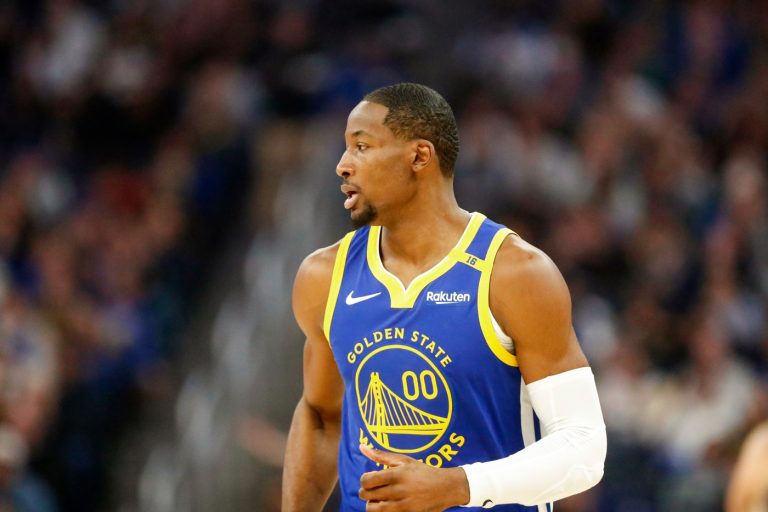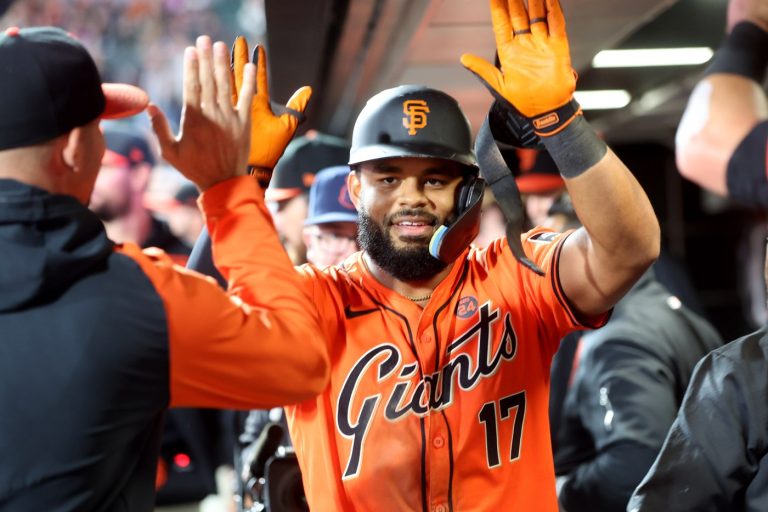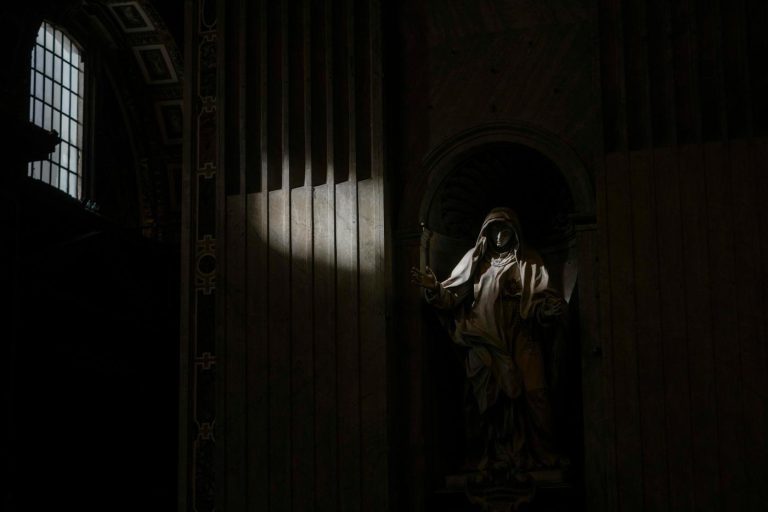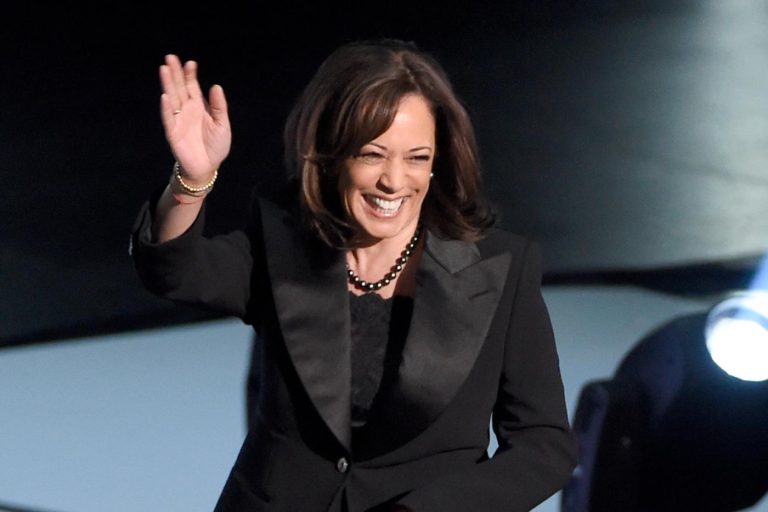It’s a gathering of the game’s biggest superstars.
From an entity that promotes personalities like none other.
In a world that craves celebrity more than ever.
No wonder the NBA All-Star extravaganza will be the place to see and be seen when the three-day-long festivities descend on the Bay Area this weekend. A quarter century since the region last hosted the league’s biggest in-season showcase, the NBA is more popular, more relevant — and richer than ever.
“I think the thing that everyone’s dealing with in my position, across the league, is the growth,” said Eric Housen, the Warriors’ vice president of operations, whose duties include setting up the locker rooms for this weekend’s game, just as he did in Oakland in 2000.
One difference: The longtime equipment guy counted off a traveling roster of 16 coaches and another 18 support staff. In 2000, he was responsible for eight stalls — four coaches and four trainers.
“How much it’s exploded, not just with rosters expanding but coaching staffs and performance staffs expanding, it’s great,” Housen said. “But where do you fit everyone now?”
The league expects somewhere in the neighborhood of 200,000 fans from more than 30 countries and almost all 50 states to attend at least one of the events on either side of the Bay, culminating with a new four-team tournament format to Sunday night’s All-Star Game. By the time it’s over, the weekend is projected to generate $350 million in economic windfall.
But even that number looks meager in comparison to some other figures thrown around the league these days. Franchise valuations have soared to an average of $4.4 billion, according to Forbes. ESPN, NBC and Amazon will pay the league a reported $76 billion to air its games starting next season. Its players are the best-compensated in American sports.
And yet even its highest-paid player, at $56 million this season, might be undervalued.
“How much would the league be worth if Steph Curry never came along?” asked Lee Ohanian, a professor of economics at UCLA and Stanford. “He may be the most underpaid player in the league just because of how much interest he’s generated.”
There are a few things most fans remember from the 2000 game at the Oakland Arena. The dazzling dunks from Vince Carter. The constant drizzle outside. The rain of boos for then-owner Chris Cohan inside. But at the time, the game represented a turning point for the league.
At the tail end of the Bulls’ dynasty of the 1990s, Michael Jordan was two years into his second retirement, and it wasn’t clear who would become the next face of the league.
On the broadcast, commentator Bill Walton welcomed viewers by noting, “Never has the transition been so abrupt.” Led by 22-year-old Kobe Bryant, nine of the game’s 10 starters were under the age of 30, with Alonzo Mourning the lone outlier at 30 years and five days old.
They were tantalizing talents, but not yet household names with the “superstar effect” Ohanian said was responsible for the NBA’s rise over the ensuing 25 years. Eventually, Shaquille O’Neal and Bryant took the baton with the Lakers and passed it off to LeBron James. This weekend, Curry will be crowned the current holder.
Shaquille O’Neal, of the Los Angeles Lakers, slams down two points in front of Atlanta’s Dikembe Mutombo during the 2000 NBA All-Star team at the Oakland Arena Sunday Feb. 13, 2000. (Bob Larson/Contra Costa Times)
“I can’t overemphasize just how important one or two or a handful of superstars are for the league,” Ohanian said, using the NBA’s developmental league as an example. “The G League is incredibly high-level, exciting basketball, but very few people are going to be willing to pay big money to go watch that. They are willing to pay big money to go see Curry or LeBron.”
With smaller rosters , more intimate settings and no helmets obscuring the players’ faces , the NBA has always been more star-centric than the other major sports. Then came the television deals that put the product in Americans’ homes every night.
“Instead of everybody going to what was local, everybody focused on what’s the best thing to watch, so the NBA’s share of eyeballs relative to other basketball options has gone up dramatically over the last 50 to 100 years,” said Paul Oyer, a Stanford professor and author of the book, “An Economist Goes To The Game.”
As recently as 2000, the NBA was pulling in $660 million annually from its television contracts. Starting next season, the league is expected to net $6.9 billion each year through 2036.
It’s a big-money league increasingly appealing to fans with equally deep pockets, said Oyer, who sees All-Star weekend as a reflection of larger societal trends.
“Over the last 25 years, we’ve had a huge explosion in the number of rich people who want to spend their money on these types of things,” Oyer said. “That leads to what economists call a superstar effect, where we see more of a focus on these big events.”
Packages for the nosebleeds started at $799, while lower-bowl tickets on the secondary market were listed this week for as much as $12,000.
For the average fan, more accessible options include the Celebrity and Rising Stars games on Friday (starting at $75), the dunk contest and 3-point competition Saturday (starting at $379) and the NBA Crossover fan fest running all weekend at the Moscone Center (adults: $50; kids: $25). Also open to the public are Saturday’s All-Star practice (starting at $60) and HBCU Classic (starting at $25), as well as three nights of concerts at Pier 48 ($300).
It all builds up to Sunday’s pricey main event.
Golden State Warriors guard Stephen Curry (30) drives past Indiana Pacers guard Tyrese Haliburton, left, during the first half of an NBA All-Star basketball game in Indianapolis, Sunday, Feb. 18, 2024. (AP Photo/Darron Cummings)
